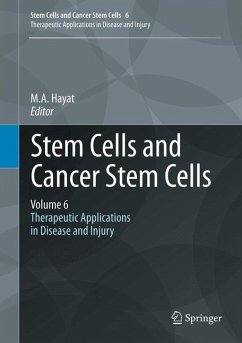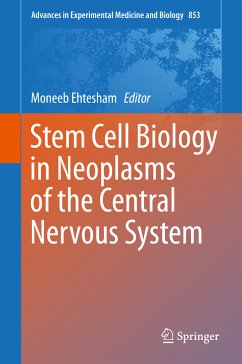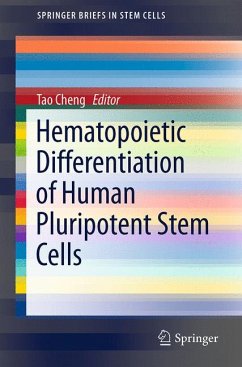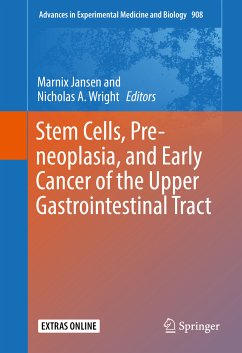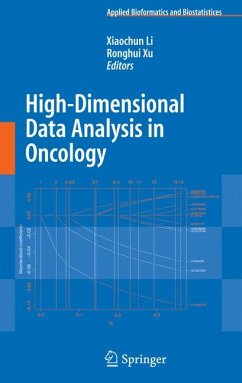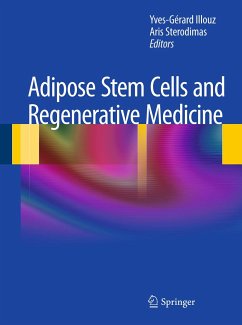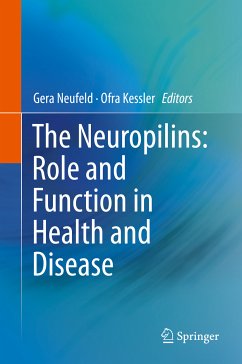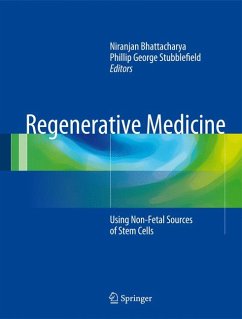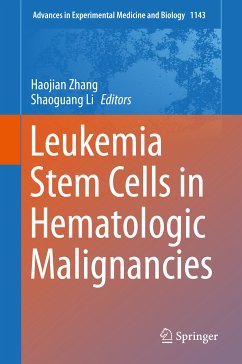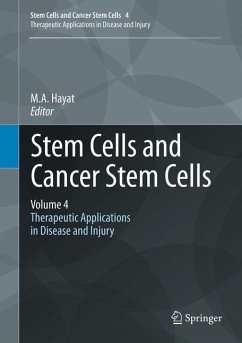
Stem Cells and Cancer Stem Cells, Volume 4 (eBook, PDF)
Therapeutic Applications in Disease and Injury
Redaktion: Hayat, M. A.
Versandkostenfrei!
Sofort per Download lieferbar
160,95 €
inkl. MwSt.
Weitere Ausgaben:

PAYBACK Punkte
80 °P sammeln!
Vast therapeutic applications of the following specific stem cells in disease and tissue injury are discussed: embryonic stem cells, induced pluripotent stem cells, human hair follicle stem cells, bone marrow-derived human mesenchymal stem cells, adipose-derived stem cells, periodontal/progenitor cells, cancer stem cells, and breast cancer stem cells. Because human embryonic stem cells possess the potential to produce unlimited quantities of any human cell type, considerable focus is placed on this type of stem cells in this volume. The role of cancer stem cells, specifically in breast cancer ...
Vast therapeutic applications of the following specific stem cells in disease and tissue injury are discussed: embryonic stem cells, induced pluripotent stem cells, human hair follicle stem cells, bone marrow-derived human mesenchymal stem cells, adipose-derived stem cells, periodontal/progenitor cells, cancer stem cells, and breast cancer stem cells. Because human embryonic stem cells possess the potential to produce unlimited quantities of any human cell type, considerable focus is placed on this type of stem cells in this volume. The role of cancer stem cells, specifically in breast cancer is explained. Transplantation of mesenchymal stem cells to aid the injured brain is included. Immune recovery after stem cells transplantation in severe combined immunodeficiency patients is described. The role of mesenchymal stem cells in enhancing the growth and metastasis of colon cancer is discussed. Clinical application of human follicle stem cells is presented. Treatment of malignant gliomas using genetically-modified neural stem cells as a marker is discussed. The impact of cancer stem cell hypothesis on designing new cancer therapies is explained. In the field of regenerative medicine, the use of stem cells in the repair of the central nervous system, tendon injury, and as a cardiac regenerative medicine is described. The role of DNA methylation in maintaining stemness induced pluripotent stem cells from human extraembryonic amnion cells is discussed. Insights on the understanding of molecular pathways involved in tumor biology are explained, which lead to the development of effective drugs. Information on pathways, such as hedgehog, facilitates targeted therapies in cancer.
Dieser Download kann aus rechtlichen Gründen nur mit Rechnungsadresse in A, B, BG, CY, CZ, D, DK, EW, E, FIN, F, GR, HR, H, IRL, I, LT, L, LR, M, NL, PL, P, R, S, SLO, SK ausgeliefert werden.




